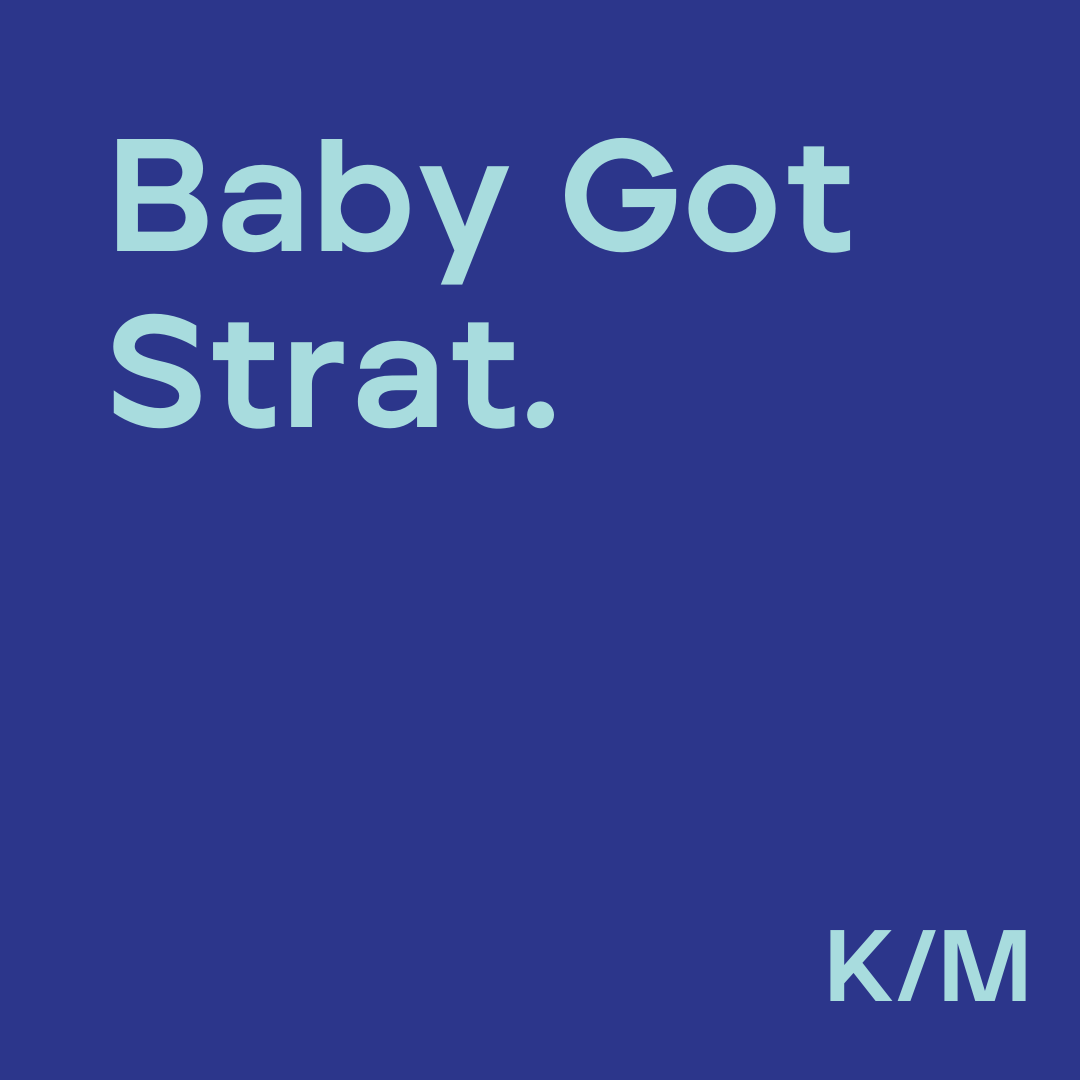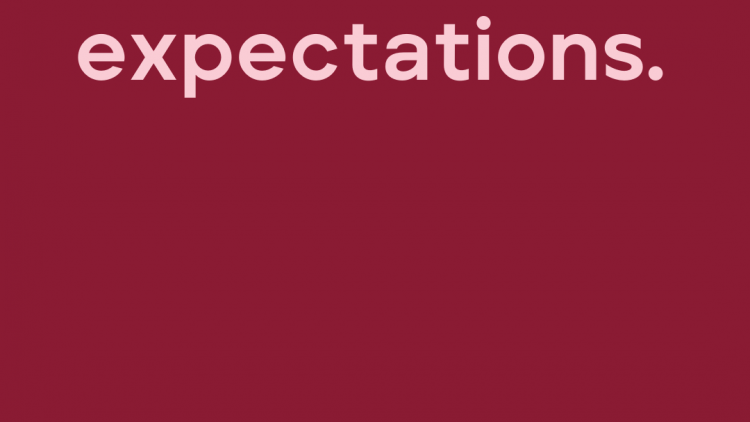A strategy should be a plan of action to achieve a long term goal or an overall aim.
I would like to limit the amount of times I hear the word ‘strategy’ in meetings because it’s completely overused. Some businesses have all kinds of strategies – PR strategies, SEO strategies, social media strategies – but I call bullshit on that.
Your business should have one strategy and you then make various plans to achieve that strategy.
So what makes a great strategy?
It’s about the actions we take, the actions we won’t take, the things we prioritise and the things we won’t prioritise.
Ultimately it’s a hypothesis.
There are 100 ways to achieve a goal so what you’re really doing is diagnosing the problem, creating a policy and coming up with coherent actions to solve that problem.
What I see a lot of people do is solve the wrong problem.
Michael Loneragan, a tourism professional I respect enormously, uses a sporting analogy to describe the way strategy needs to work. He says you put your best team on the field to win the game. You choose which players and what tactics to employ to overcome the competition.
Tourism Australia does strategy really well. One example of this is the Restaurant Australia campaign.
Tourism Australia discovered that before first-time visitors arrived in Australia, they didn’t even rate it in their top 40 food destinations. When they left, they rated it in their top five. Restaurant Australia was a very simple campaign for the industry to implement because it was about showcasing and highlighting what was already available in terms of food and drink experiences.
Another great example of a long game strategy is when Toyota entered the US market. Their whole play was around humility. Noone took them seriously at the beginning but they implemented incremental improvements over a long time and eventually no one could beat them on quality for price.
It can be a punch you in the face strategy, or it can be a long game strategy but you should only have one strategy solving one big problem.
So how do you figure out what the right problem to solve is?
If you’re going to sit in a strategy meeting, you need to spend 95% of every hour figuring out what the right problem is.
Then you need to be specific. It can’t be about wanting to make more money, or attracting more customers. It needs to be, ‘attract more male customers aged 45 – 49’. You need to be very clear about what you can actually achieve.
You might even have a business that no one knows they need yet. Take bottled water. It currently costs more than petrol but someone had to figure out how to get people to pay for something that’s free.
The main thing to remember with strategy is this: make one, and make it big.



